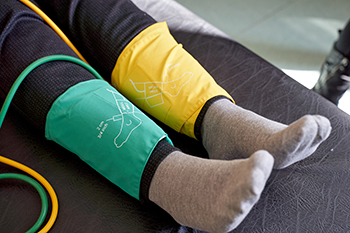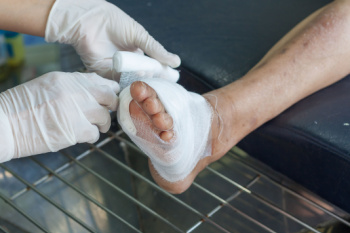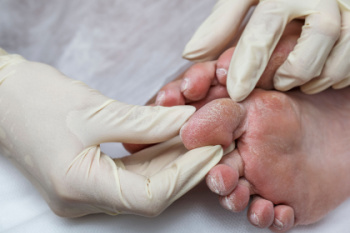
A bunionette, or tailor’s bunion, is a bony prominence on the outer side of the foot at the base of the fifth toe. It develops due to pressure, improper footwear, genetics, or structural foot abnormalities. This condition often affects individuals who wear narrow or tight shoes, such as high heels, or those with naturally wide feet. Conservative treatments, including wider footwear, padding, orthotics, and anti-inflammatory medications, can help reduce discomfort. However, if pain persists despite these measures, minimally invasive bunionette surgery may be an option. This procedure involves tiny incisions and specialized instruments to realign the bone, removing pressure on the affected joint with minimal tissue disruption. Recovery is typically faster than traditional surgery, with reduced swelling and pain. If a bunionette is interfering with your daily activities, it is suggested that you consult a podiatrist to determine if minimally invasive surgery is the right solution for you.
Foot surgery is sometimes necessary to treat a foot ailment. To learn more, contact one of our podiatrists of Canonsburg Podiatry Associates. Our doctors will assist you with all of your foot and ankle needs.
When Is Surgery Necessary?
Foot and ankle surgery is generally reserved for cases in which less invasive, conservative procedures have failed to alleviate the problem. Some of the cases in which surgery may be necessary include:
- Removing foot deformities like bunions and bone spurs
- Severe arthritis that has caused bone issues
- Cosmetic reconstruction
What Types of Surgery Are There?
The type of surgery you receive will depend on the nature of the problem you have. Some of the possible surgeries include:
- Bunionectomy for painful bunions
- Surgical fusion for realignment of bones
- Neuropathy decompression surgery to treat nerve damage
Benefits of Surgery
Although surgery is usually a last resort, it can provide more complete pain relief compared to non-surgical methods and may allow you to finally resume full activity.
Surgical techniques have also become increasingly sophisticated. Techniques like endoscopic surgery allow for smaller incisions and faster recovery times.
If you have any questions please feel free to contact our office located in Canonsburg and McMurray, PA . We offer the newest diagnostic and treatment technologies for all your foot and ankle needs.









